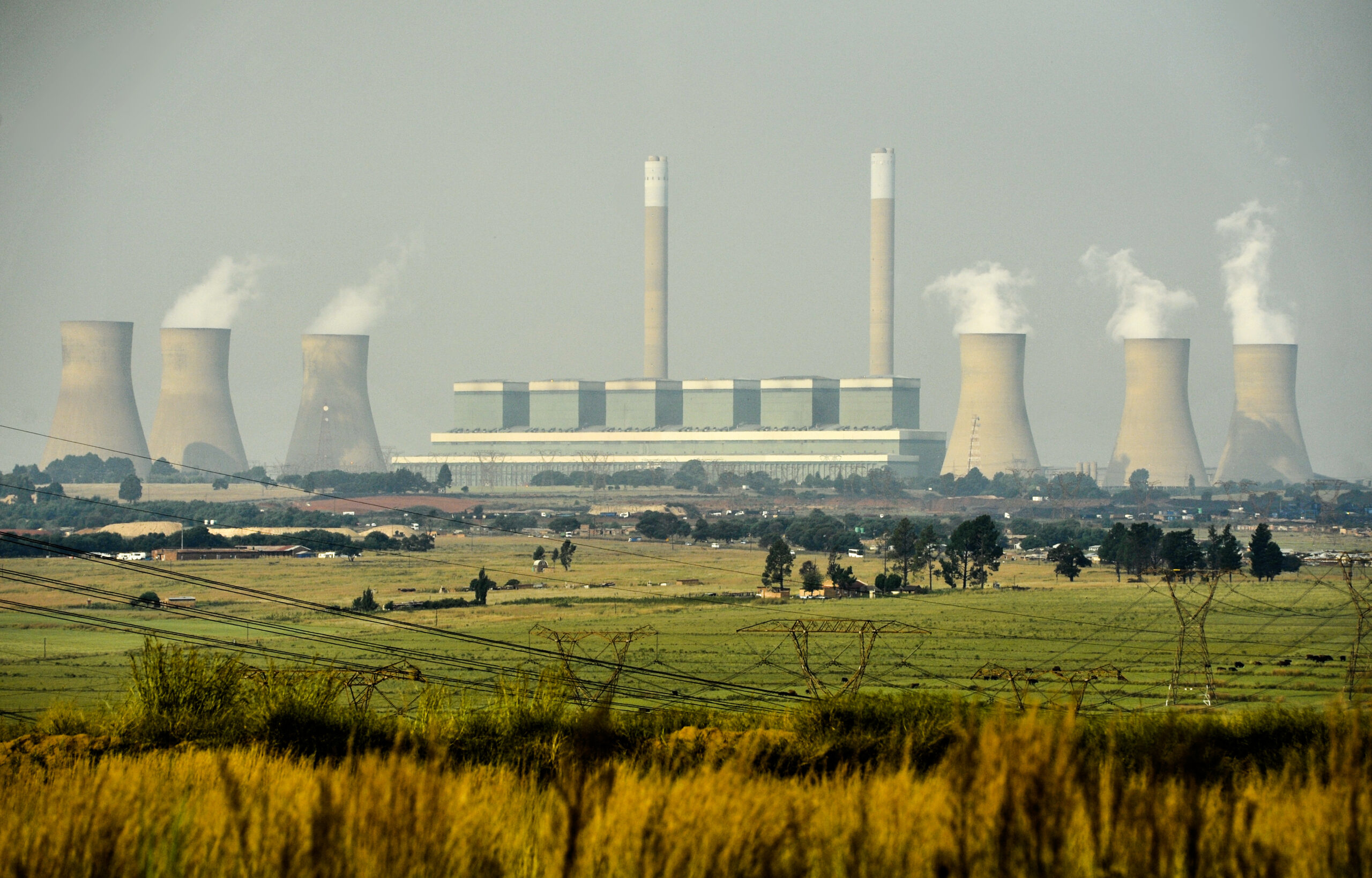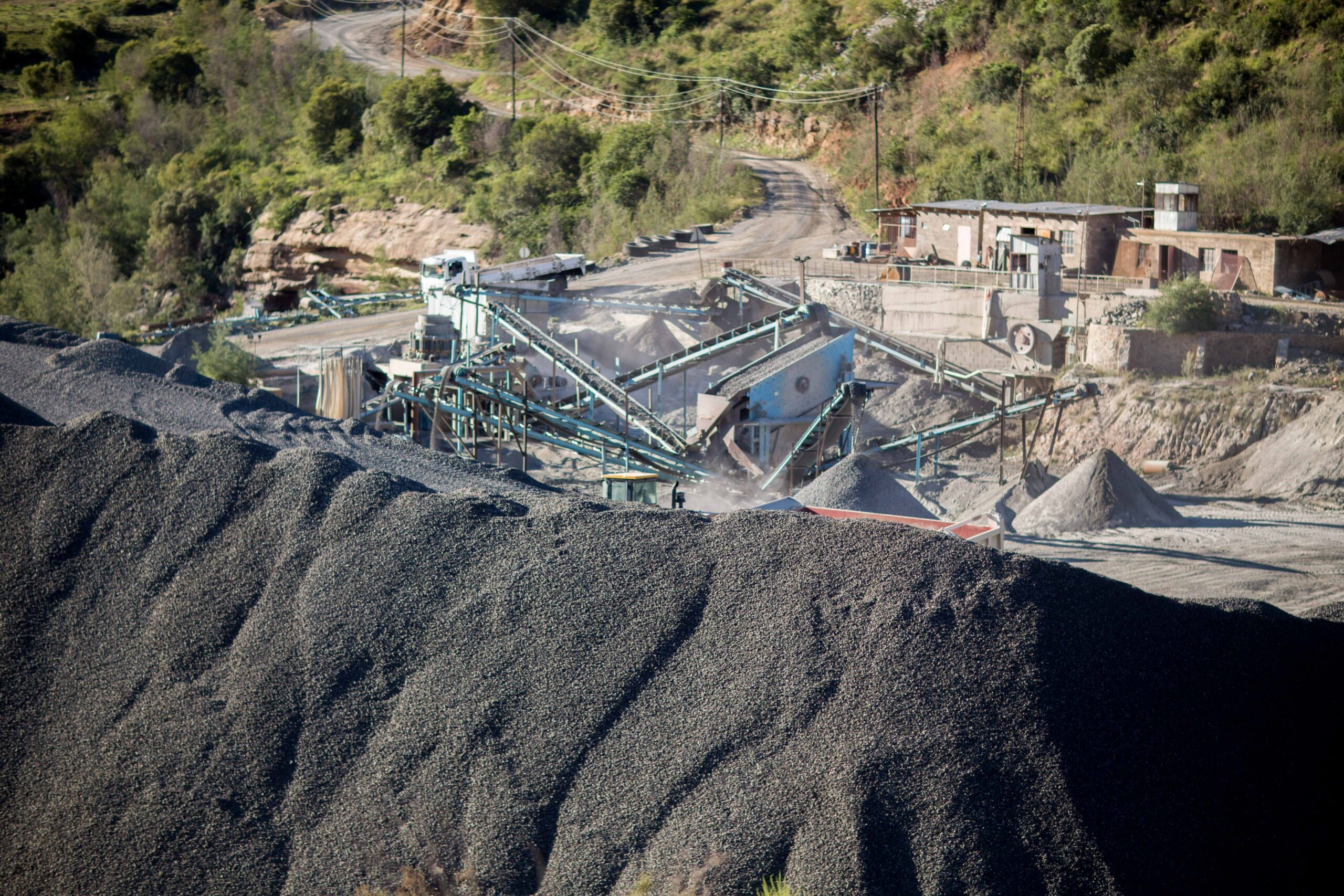Wind power is an energy crisis lifeline, yet no turbines were connected in 2022
Despite intense and lengthy blackouts that have cost South Africa trillions, there were no new wind turbine connections into the grid in 2022. This was revealed in the Global Wind Energy Council’s (GWEC’s) latest report. Renewable energy is a proven pathway out of the current energy crisis, yet to date, South Africa has only tapped into a fraction of its wind potential.
GWEC named procurement delays as a reason for the stall, including delays to wind projects selected during Bid Window 5 of South Africa’s Renewable Energy Independent Power Producer Procurement Programme (REIPPPP). Furthermore, no wind projects were selected during Bid Window 6 in 2022, despite the 23 wind project proposals submitted. The South African Wind Energy Association (SAWEA) expressed distress at the decision, noting the expected negative effect on investor confidence in REIPPP programme.
The need to double down on the clean energy future
This is a missed opportunity for South Africa’s broader socioeconomic development and climate progress. As the report notes: “Wind energy has established its credentials as one of the most efficient tools for decarbonising power systems. Failing to deploy wind fast enough risks increasing costs through greater exposure to fossil fuel volatility, geopolitical pressure and higher carbon emissions.” It also highlights the opportunities for the wind power industry to create millions of skilled jobs and catalyse trillions of dollars in investment around the world.
Ben Backwell, Global Wind Energy Council CEO, said the report’s message to policymakers is clear: “It is time to double down on your ambition and deliver the support that will secure the clean energy future dawning in front of us.
“The theory has long been proven: backing wind energy creates jobs, builds new industry and delivers clean & secure energy while ensuring climate goals are met and net zero is achieved. Policymakers must embrace the opportunity in front of them and work with industry to secure the energy transition.”
However, despite South Africa’s poor result in 2022, growth in wind power will likely bounce back with the REIPPP Bid Window 5 auction coming online. GWEC predicts South Africa could add 5.3 GW of new wind capacity in the next five years (2023–2027).
Scaling up wind for a successful Just Transition
The report highlights that South Africa has been a frontrunner in Just Energy Transition Partnership (JET) engagement, acknowledging it in the country’s NDCs as early as 2015. However, the government has so far failed to sufficiently engage with its most vital just transition stakeholders — communities in the highly-coal dependent regions.
One challenge for the wind sector is a lack of agency, with funding being set out but not distributed into project pipelines. “This must be actively challenged: if local projects and infrastructure are not implemented, the JETP risks losing credibility”, the report states.
South Africa must now be absolute in creating the regulatory and economic conditions that facilitate the deployment of renewable energy and its supply to the grid. This will underpin the case for a coal phaseout, driven by the credible prospect of sufficient volumes of clean energy to replace it.
Because wind power can come online in a handful of years, decisions made by policymakers today will have a decisive impact on the success of the just energy transition and short-term climate mitigation. “By the end of this decade, global installations of wind power need to increase four-fold to be in line with a pathway to net zero emissions by 2050”, said Keisuke Sadamori, IEA’s Director of Energy Markets and Security. “This requires a rapid expansion in investment and strong actions by governments to reduce permitting delays and other red tape while building resilient supply chains.”
Related Articles
Eskom: Green energy saves water
Generating electricity from fossil fuels has a hidden cost: South Africa’s already scarce supply of fresh water.
The false promise of ‘clean’ coal in South Africa
Even using the cleanest technology available, coal’s severe environmental, health and climate consequences remain unavoidable.




